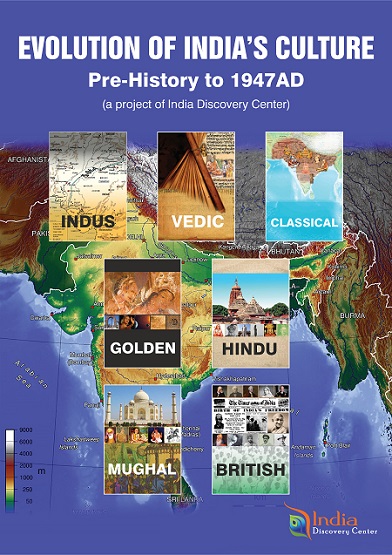Contribute
| India Hindu Period (500 CE-1500 CE) Language And Literature |
Prem Nagar
09/23/2021
India Hindu Period (500 CE-1500 CE) Language and Literature Proliferation of regionalism led to the development of many regional languages (deÅ›abhÄá¹£Äs). Figure 1. Process of hybridization of regional language development NÄá¹yaÅ›Ästra describes seven PrÄkrit forms of languages. Northern Vernaculars were labelled as Apabhraṃśa. Three Principal Languages Sanskrit, Tamil, Prakrit/Pali were used in trade, administration, education and communication (Figure-1). For grammar, the northern and eastern languages leaned on PÄṇinian’s Aá¹£á¹ÄdhyÄyÄ«, while southern and western languages used Tholkappiyar’s Tolkappiyam as well as Aá¹£á¹ÄdhyÄyÄ«. By 1500 CE, Regional Language in North and East of India were PãjÄbÄ«, Awadhi, Maithili, NÄ“pÄlÄ«, Odia, Bengali, Assamese, Santali, Manipuri, Meitei (mÉ™nɪˈpÊŠri), Bodo and others, similarly in West and South were Pashto, Multani (Saraiki), Sindhi, GujarÄtÄ«, MarÄá¹hÄ«, Konkani, Kannada, Telugu, Malayalam, and others. Evolution of script in various languages during the period is summarized in Figure 2. Figure 2. Time development of script in various Indian languages Figure 3. Development from Brahmi script to Devanagari script (by James Prinsep, Journal of the Asiatic Society of Bengal, in March 1838) Bhartrihari’s VÄkyapadÄ«ya (600CE) theorized “act of speech†in four mental stages, notion of Sphota at Speech Level and perception of a sentence at three level, varṇa-sphoá¹a, at syllable level, pada-sphoá¹a or Åšabda- sphoá¹a, at word level, and vakya-sphoá¹a, at sentence level. Ease of writing led to the transcription of huge Oral literature. Many of those were retold in regional languages including Bhagavada-Gita, Natyasastra, the Ramayana and the Mahabharat. Devotional (Bhakti) Literature, inspired through Bhagavad-Gita, Bhagavata-Purana and Padma-Purana, originated in South India (700CE) and embraced by all regions by 1500 CE. (Figure-4). Figure 4. Devotional Literature Daṇá¸in’s KÄvyÄdarÅ›a (800CE) characterized poem (KÄvya) “beauty is derived from its use of rhetoric (Alaá¹kÄra)â€. BhÄmaha‘s KÄvyÄlamkÄra (700CE), VÄmana’s KÄvyÄlamkÄrasutravratti (900CE) Ä€nandavardhana’s DhvanyÄloka (900CE), Abhinavagupta’s AbhinavabharatÄ« (1000CE), Mammaá¹a’s KÄvyaprakÄsa (1100CE) are gems of Sanskrit literature. Jayadeva's GÄ«tagovinda in Sanskrit explored the mood of love in eight different contexts (Figure-5). Kalidas, India’s greatest playwright, established Hero (nayaka), Heroine (nayika), and Clown (vidusaka), the three tenets of a typical drama. Figure 5. Gita-Govinda (Songs of Govinda) (1200CE) In secular literature, Adi Shankara’s (800CE) RÄmÄnuja’s (1100CE) and Hemachandra’s (1200CE) are noteworthy. Availability of texts accelerated the proliferation of Education Centers in monastery (Matha) and halls attached to temples for debates (Ghatika). Education centers flourished at: NÄlandÄ (100CE-1200CE); Vallabhi (475-1200CE); Vikramaśīla (800CE); Dharampala (800CE); Odantpuri (750-1200CE); and Jagaddala, and Mithila (1200-1500CE). Students were trained in Vedas, Upanishads, Philosophy, Economics, Law, Politics, Medicine, and practical training. ÅšÄrá¹…gadeva’s Sangita-Ratnakara (1300CE) established the Grammar of music and Music genres. RÄgas and Tala lead to Dance forms: Bharatanatyam, Kathak (story telling), Odissi, Koodiyattam, and others. Thus, Orality to Text to the Literary Expressiveness matured. Literary ornamentation (Alankar) transformed through the orchestration of literature, singing, drama and dance, into an expression of creativity (Jhankar). Thus, Orality to Text to the Literary Expressiveness matured. Figure 6. Ruins of Vikramashila Mahavihra Language was influenced by the social, trade and political contacts with foreigners and the speakers of other languages. Brahmagupta’s (598CE-668CE) BrÄhmasphuá¹asiddhÄnta and Khaṇá¸akhÄdyaka on the Indian decimal system was translated into Arabic by Muhammad-al-Fazari. Al-Khwarizmi (800–850CE) wrote “al-Jam-wal-tafriq-bi-hisal-al-Hind†in Arabic that in turn was translated in Latin (1300CE) as “Algorithmi de numero indorum†which led to the spread of the decimal system throughout the world. “Panchatantra†was translated in Persian (800CE) by Ibn-al-Muqaffa-tin as “KalÄ«la-wa-Dimnaâ€. Al-Beruni’s (973-1048CE) travel diary is considered a reference document on India in the west. Bibliography 1. Bholanath Tiwari, Bhartiya Bhashaon Ka Udbhava Aur Vikas, in Dr. Nagendra (ed.), Bhartiya Sahitya ka Samekit Itihas, p.79, Hindi Madhyam Karyanvaya Nideshalaya, Delhi University, 1989, 2. James Prinsep, as published in the Journal of the Asiatic Society of Bengal, in March 1838 3. Phonology–orthography interface in DevanÄgarÄ« for Hindi by: Pramod Pandey; Jawaharlal Nehru University 4. Education System in Ancient India: A Historical Review by: Dr. Devidas B. Waydande, M.S. Kakade College, Someshwarnagar Dist –Pune (Maharashtra) 5. Evolution of Early Writing in India by: Subhash Kak; Indian Journal of History of Science, vol. 28, 1994, pp.375-388 6. A HISTORY OF ANCIENT AND EARLY MEDIEVAL INDIA, FROM THE STONE AGE TO THE 12TH CENTURY by: Upinder Singh, 7. THE INFLUENCE OF ARABIC ON INDIAN LANGUAGE: HISTORICALLY AND LINGUSTICALLY MUNA MOHAMMED ABBAS ALKHATEEB, HASANEIN HASAN, College of Basic Education, Babylon University, IRAQ 8. Seminar Presentation at: https://www.indiadiscoverycenter.org/seminars/hinduperiod/langlit/ Mr. Prem Nagar leads the Language and Literature track in India Discovery Center project on "Evolution of Indian Culture: Pre-history to 1947AD". More information and updates on the project are available at https://www.facebook.com/Evolution-of-Indian-Culture-An-IDC-Project-107749391111922 Information on India Discovery Center is at https://www.indiadiscoverycenter.org (c) Copyright 2021 India Discovery Center, Inc. All rights reserved.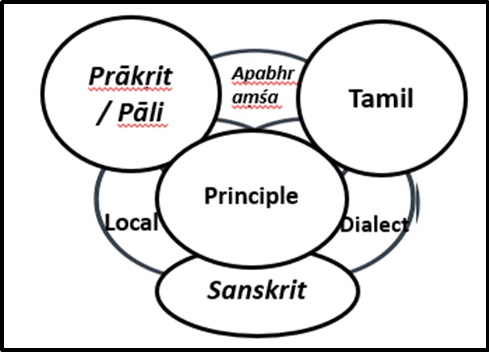
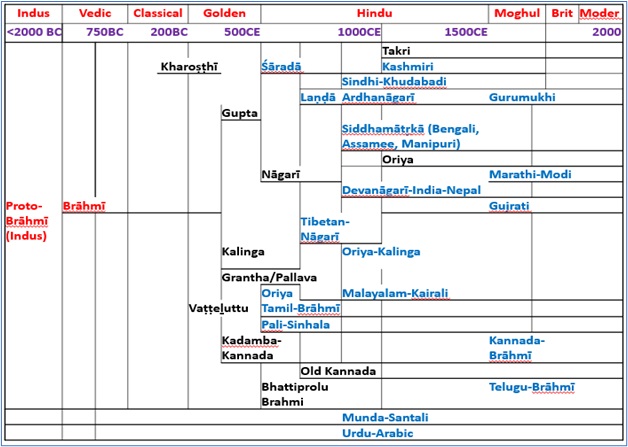
Progression of BrÄhmÄ« to DevanÄgarÄ« Consonant Syllables found on stone or copper plates is reproduced in Figure 3.
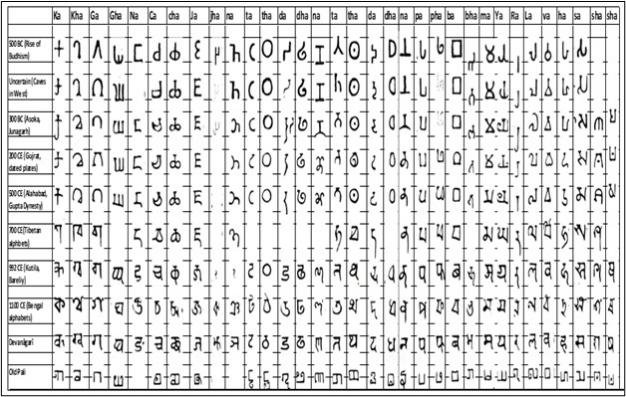
In South, Pallava script evolved into the Brahmic-Tamil and Grantha and these were found in Tamil Nadu and Kerala and Vatteluttu in Tamil-Malayalam. 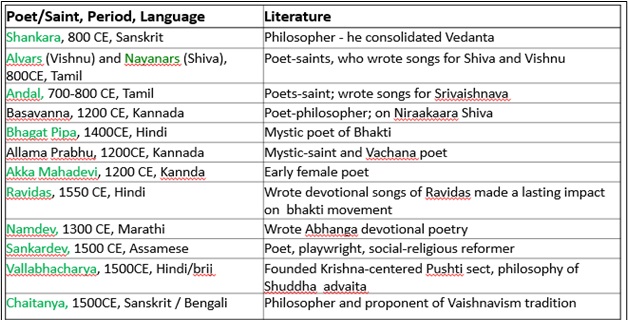
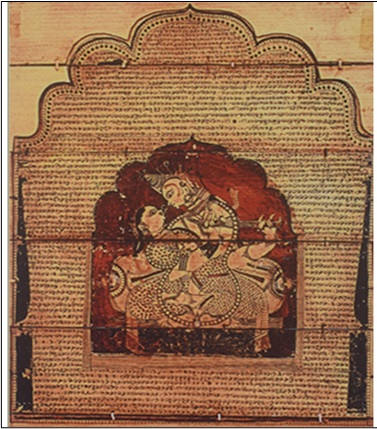
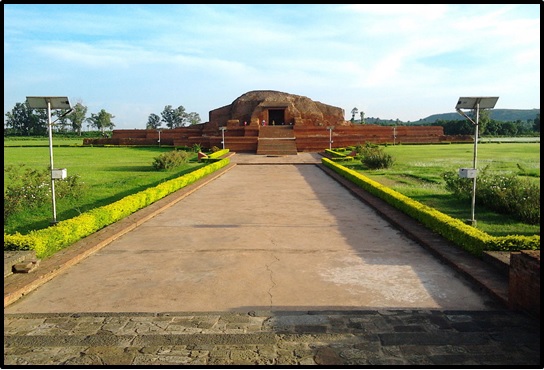
You may also access this article through our web-site http://www.lokvani.com/
